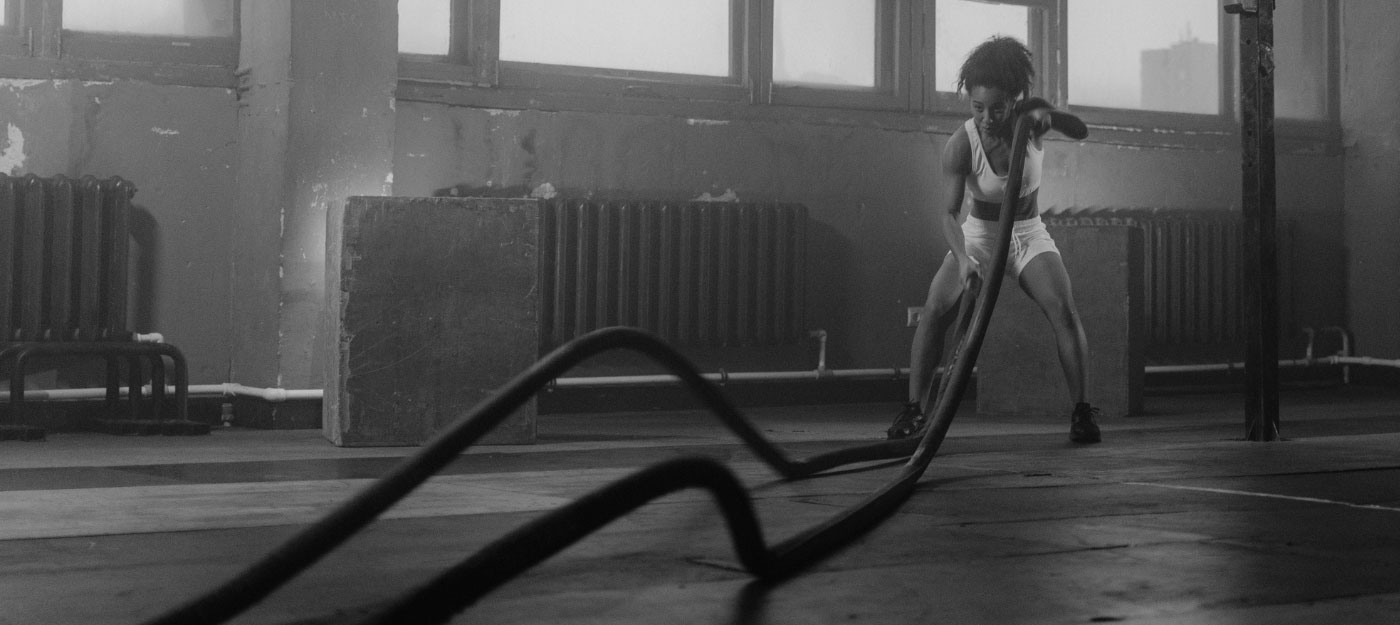
Accessing the Flow State
Have you ever experienced something that engages you so fully that you lose track of time? Or perhaps you’re so immersed in it that you even forget to eat or sleep? If so, then you know what it’s like to be in the ‘flow state.’
There’s something undeniably intoxicating about the feeling of being absorbed in an activity–be it playing sport, completing a work task, having a conversation or diving into a creative pursuit.
In fact, it’s not just a compelling feeling, it’s also believed to be a key factor in what makes your life happiest.
No matter where it occurs, finding a state of flow results in an experience of deep meaning and energised involvement. But what exactly is ‘flow’ and how can you cultivate more of this positive state on a daily basis?

What is Flow and the Flow State?
Famed Hungarian-American psychologist, Mihaly Csikszentmihalyi (pronounced ‘Me-high Cheek-sent-me-high’), was known reverentially as the ‘godfather of flow.’ Growing up in World War II’s Europe, Csikszentmihalyi became fascinated with figuring out what makes life worth living. After spending his childhood and adolescence searching for the answer through philosophy, art and religion, he eventually stumbled upon psychology.
Csikszentmihalyi dedicated much of his life’s work to understanding and popularizing the concept of engaged concentration that he referred to as ‘flow.’
A 2016 article by Bonaiuto et al (on which Csikszentmihaly was a co-author) refers to flow as depicting “the psychological mental state of a person who is immersed in an activity with energized concentration, optimal enjoyment, full involvement, and intrinsic interests, and who is usually focused, motivated, positive, energized, and aligned with the task at hand.”
Another way of putting it is this: being ‘in flow’ or ‘in the flow state’ is what happens when you’re feeling and performing your best.
What happens during flow?
While the body of evidence on flow spans decades, specific research conducted on the neurocognitive basis of flow is still young. Here’s what emerging neuroscience tells us.
When you’re in flow, a perfect neurochemical cocktail exists, creating the perfect internal environment to support high performance. Dopamine, serotonin, norepinephrine, anandamide and endorphins flood your system, helping you stay tightly focused, energized, positive and thinking critically.
The activity in different areas of your brain changes leading to improvements in better cognitive control and, importantly, lower self-referential thinking. It’s believed that the part of your brain in the default mode network called the prefrontal cortex is down-regulated.
As activation in this area decreases, so does your awareness of self and any possible self-consciousness that comes with it. Your brain only has a limited amount of energy available at any given moment so it’s making a choice to swap out more cognitively-demanding functions in exchange for giving you more focus and attention.
In addition to lower levels of self-consciousness, the experience of flow is accompanied by:
- A deep focus that allows you to hone in on a task to the exclusion of distractions. It’s believed that lower default mode network activity means that you’re more able to keep your mind on your task without it wandering.
- A balance between your skill level and the challenge of the task you’re engaging in. Too easy and you’ll get bored. Too challenging and you’ll become frustrated or stressed.
- Feelings of control, goal clarity, and changes in your perception of time.
Can you find flow with others?
Throughout history, humankind has gathered together to experience flow. In their paper Flow and Satisfaction With Life in Elite Musicians and Top Athletes, researchers Habe, Biasutti and Kajtna explain:
“In ancient civilizations group music making was one of the forms of accessing spiritual dimensions and a different perception of time was induced.”
Through music, team sports, dance and more, we have immersed ourselves in practices that we love, joining with others to create and expand what we’re capable of singlehandedly.
Dr Keith Sawyer, a psychologist from University of North Carolina, studied creativity with Csikszentmihaly. In his book Group Genius: The Creative Power of Collaboration, Sawyer identified 10 triggers that must be present in order for a group of individuals to collectively experience a state of flow.
- The group’s goal. There needs to be a goal that is clear enough to provide focus for everyone involved but flexible enough to allow creativity to occur.
- Close listening. Instead of sticking to a pre-conceived idea of how to achieve an outcome, group flow is more likely to occur when everyone is engaged and responds in an unplanned manner.
- Complete concentration. Full engagement in the task with all other distractions set aside. Even the potential rewards of task completion are put out of mind.
- Being in control. “Team autonomy is the top predictor of team performance,” writes Sawyer. Yet a challenging paradox exists regarding control in group flow: the individual needs to feel in control but also be willing to allow the natural flow of the group to chart the course.
- Blending egos. This occurs when each person withholds any need to be the center of attention. This allows everyone to contribute and build on each other’s ideas for the good of the group.
- Equal participation. All members of the group should participate equally and ideally possess similar skill levels so that group flow isn’t hampered. This also extends to all group members keeping an open mind and realising that, no matter their experience or background, everyone has something to contribute and learn.
- Familiarity. Group flow develops more readily when group members have a level of familiarity with each other.
- Communication. Genuine, open and spontaneous communication is a hallmark of group flow.
- Keeping it moving forward. Sawyer explains group flow is enhanced when participants “listen closely to what’s being said; accept it fully; and then extend and build on it.”
- The potential for failure. Interestingly, it’s not the certainty of success that breeds group flow–it’s the risk of failure.
Within the fitness community, the concept of group flow can be clearly witnessed and experienced at an Animal Flow jam. Flowists gather together to practice their skills, culminating with the collaborative creation of a movement sequence, or ‘Flow.’ It’s not uncommon for hours to fly past, with attendees excitedly contributing their ideas to the development of the Flow.
A life lived in flow
Whether alone or as part of a group, flow doesn’t just happen. According to author and flow researcher, Steven Kotler, it requires a combination of factors, known as ‘triggers’, from across psychological, environmental, social and creative realms.
Kotler identified 17 triggers in his book The Rise of Superman: Decoding the Science of Ultimate Human Performance, including:
- Facilitating intense concentration by removing distractions and get focused
- Establishing goal clarity so that you’re clear on what you’re attempting to achieve
- Accessing immediate feedback (this allows you to course correct as needed)
- Having a perception of high consequences of some kind
- Making space for creativity. Flow triggers creativity which, in turn, triggers more flow.
Finding flow is a highly personal experience based on your interests, skills and abilities. If you’re looking to feel more happiness and satisfaction in your day-to-day life, start by engaging in activities you love more frequently, in the environments that you know help get the best out of you.
After all, says Kotler, “Motivation is what gets us into the game. Learning allows us to continue to play. Creativity is how we steer. And flow is how we amplify the result beyond all reasonable expectation.”
Join us for International Animal Flow Day on Sunday August 28th 2022. With over 110 jams scheduled all across the world (including some online), you can join new and experienced Flowists near you for fun, fitness and all things flow. For a full list of IAFD2022 jams across the globe, check here. We hope to see you there!
